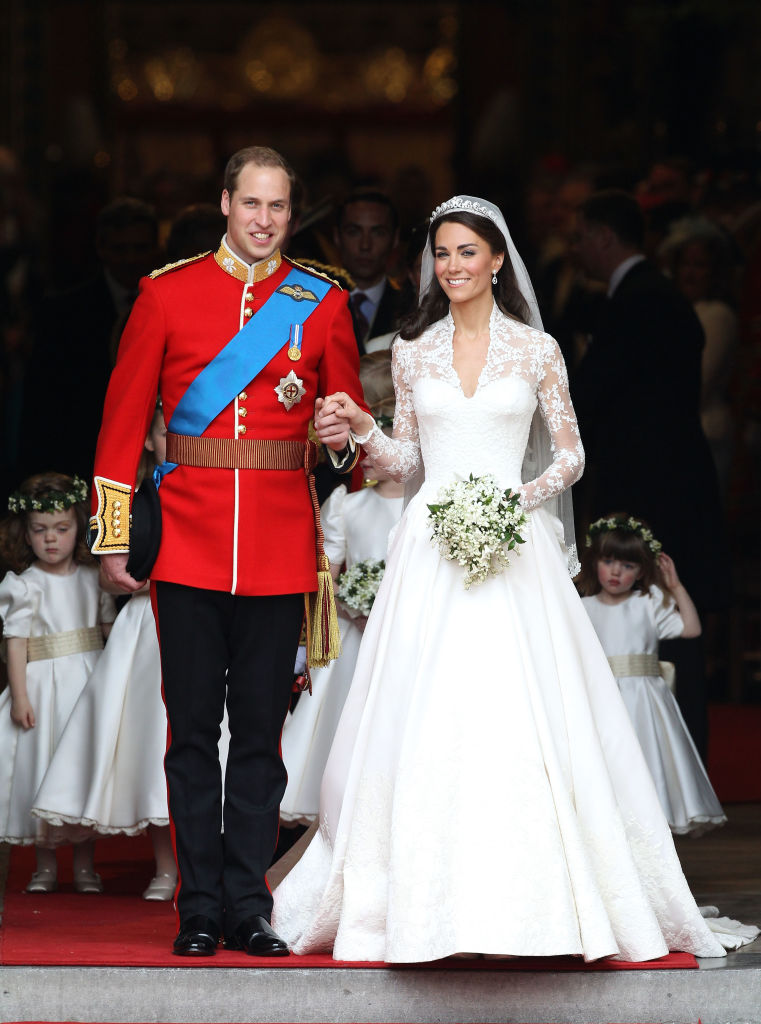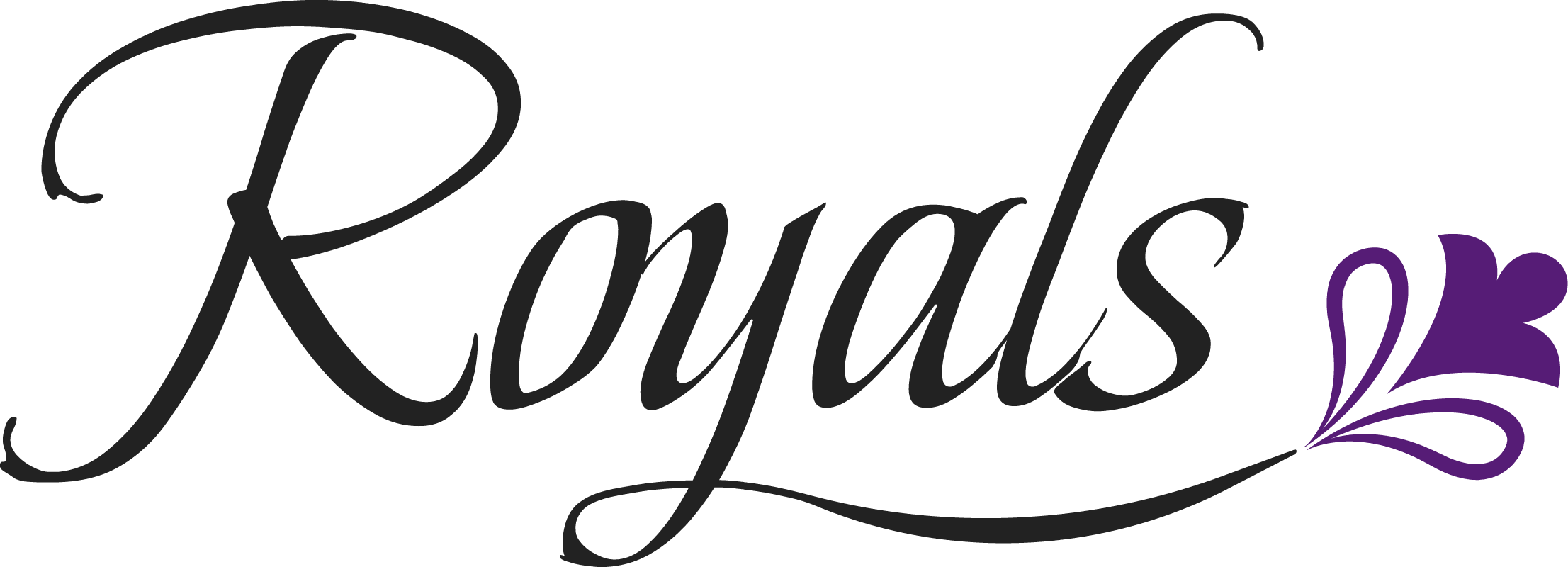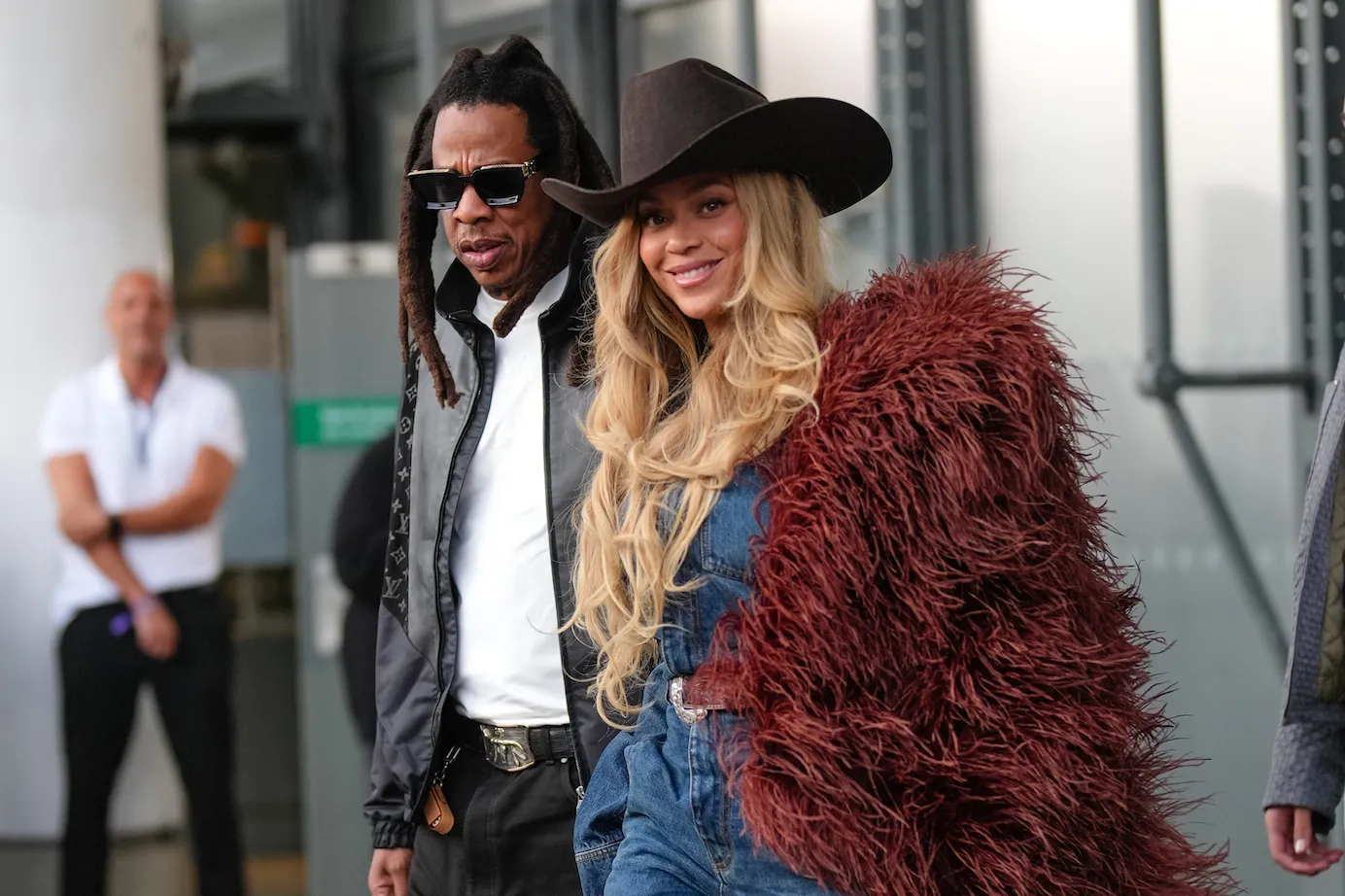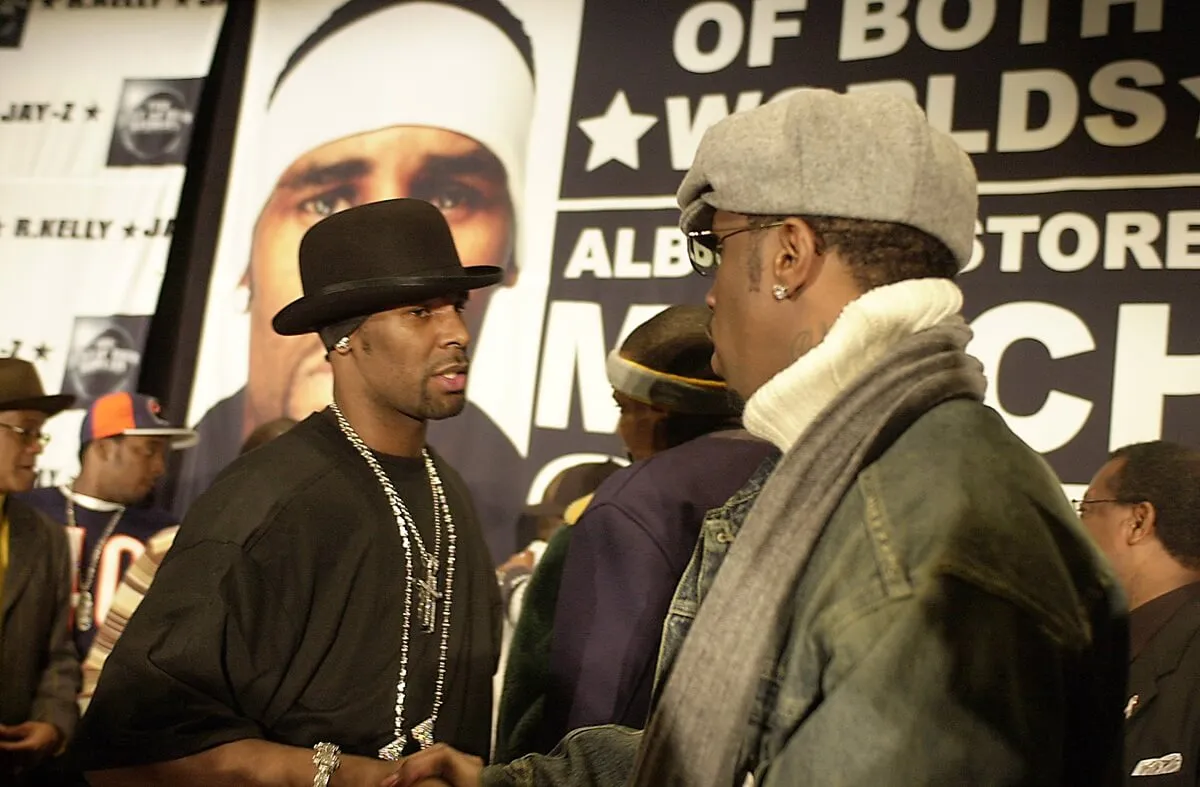The Real Reason Brides Wear White Dresses: This Royal Wedding Set the Trend For Centuries
Royal weddings are world events. Fans of the royal family from across the world thrill over every detail. Royal traditions like horse-drawn carriages and crown jewels give us an insight into the splendor of being a royal. And weddings among the royal family spare no expense. Prince Harry and Meghan Markle’s wedding cost around $45 million in 2018. Prince William and Kate Middleton’s 2011 wedding cost a stunning $34 million. (I guess that’s the running price of “The Wedding of The Century.”) But one tradition in particular that royal fans have gossiped about, dissected, and discussed at great length over the last almost-two centuries? That white wedding dress.

Indeed, the concept that brides must wear white on their wedding day, a trend that seems as old as time, is not even two hundred years old. Did you know? We actually have the royal family to thank for the tradition of brides wearing white. But which former Queen of England was the first to wear white on her wedding day?
Queen Victoria and Prince Albert’s royal wedding set the tone for centuries to come
In a 2019 book of essays titled Trick Mirror, New Yorker writer Jia Tolentino comments on the state of culture, the internet, and feminism. In her final piece, Tolentino carefully lays out a nuanced, convincing argument against the modern state of American weddings. She writes about how she’s felt pressured to have one despite not wanting to get married. How so many of these traditions we associate with weddings seem set in stone–and yet they were created within the last few generations. Some of them, like Valentine’s Day is often accused of, were literally created by corporations. This way, business could sell brides more stuff for their wedding day and associated activities.
However, the white wedding dress doesn’t stem from consumerism. It’s a royal tradition–thanks to Queen Victoria, who got married in 1840.

“The vast majority of women in history have gotten married in front of a handful of people, with no reception, in colored dresses that they had worn before and would wear again,” Tolentino writes.
We didn’t see white at weddings in “ancient Greece,” Tolentino continues; “wealthy brides wore violet or red.” Meanwhile, European Renaissance brides tended to wear blue. “In nineteenth-century France and England, lower-class and middle-class women got married in black silk.”
So when did the wedding dress go white?
How the queen’s flowing white dress changed the world of weddings
“The white wedding dress didn’t become popular until 1840, when twenty-year-old Queen Victoria married Prince Albert, her cousin, in a formal white gown trimmed with orange blossoms,” Tolentino writes in Trick Mirror. It was the royal wedding that set the trend.
Yes, Vanity Fair confirms, “women did wear bridal white, before Queen Victoria,” but it wasn’t at all the norm. “The color was seen as an indicator of wealth—denoting that the bride’s family could afford to have the dress cleaned.”

Even though the royal wedding “was not photographed,” (it was before the technology existed), Victoria and Albert posed for “reenactment wedding portraits” fourteen years after the fact. Also, at the time, “British newspapers provided lengthy descriptions” of the lavish event. These included “Victoria’s wedding crinolines, her stain slippers, her sapphire brooch, her golden carriage, and her three-hundred-pound wedding cake.” (That’s three hundred pounds in weight, not the cost in British pounds.)
In 1989, Holly Brubach argued hat “the symbolic link between ‘bride’ and ‘royalty’ was forged with Victoria,” in the New Yorker. This would “eventually intensify,” Brubach continued, “into the wedding as ‘a sort of Everman’s coronation.'”
Business and social capital add to the fervor of tradition
Part of what helped the transition of the wedding into a princess finding her prince? Good old propaganda and consumerism.
“Very soon after Queen Victoria’s wedding, her nuptial decisions were being enshrined as long-standing tradition,” Tolentino writes. “In 1849, Godey’s Lady Book wrote, ‘Custom has decided, from the earliest age, that white is the most fitting hue [for brides], whatever be the material.'”
After the queen did it, the elites wanted to emulate the royal wedding. So, in “copying their queen,” wealthy Victorian women “solidified a wedding template.” It’s one that’s still familiar today: “formal invitations, a processional entrance, flowers and music.” All of these brand new “traditions” were nudged along by “new businesses dedicated exclusively to selling wedding accessories and decor.”

And, as we know, once the rich people start doing it, it’s cool.
“The rapidly developing consumer marketplace of the late nineteenth century turned weddings into a staging ground for upper-class lifestyle,” Tolentino writes. “For a day, you could purchase this lifestyle, even if you weren’t actually upper-class.”
It was your day to be a queen. And while not everyone could afford the royal reception, they could make their own version of it.
“As middle-class women attempted to create an impression of elite social standing through their weddings, white dresses became more important,” Tolentino explains in Trick Mirror.
Queen Victoria’s royal wedding also set a tradition of the bride being a unique special princess
As Vanity Fair pointed out, Queen Victoria’s biographer Julia Baird wrote that the queen, “understanding that she was to be the star of this particular show, did … ‘ask that no one else wear white to the wedding’ aside from her bridesmaids.” The idea that the bride is so unique as not to be imitated was further enhanced by Queen Victoria’s bridal lace.
“Victoria’s lace pattern was said to have been destroyed after work was completed on Victoria’s gown so that the intricate template could not be copied,” Vanity Fair reported.

Whatever you decide to wear on your wedding day, we hope you feel like a royal. (If you decide to honor the tradition at all). And we hope you feel the mirth that Queen Victoria did on her wedding night:
“His beauty, his sweetness and gentleness, really how can I ever be thankful enough to have such a Husband!” she wrote of Prince Albert. “Oh! This was the happiest day of my life!”



